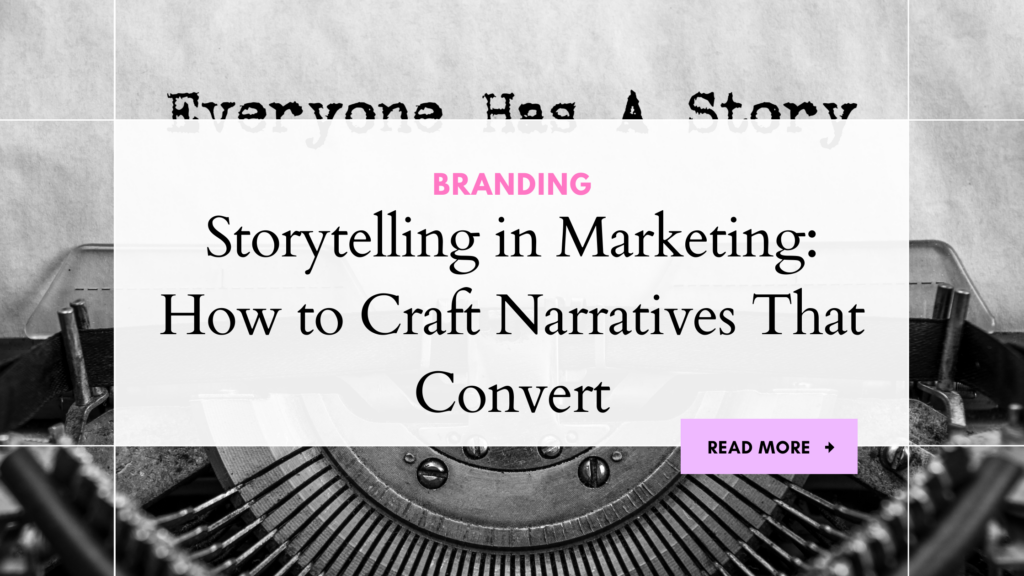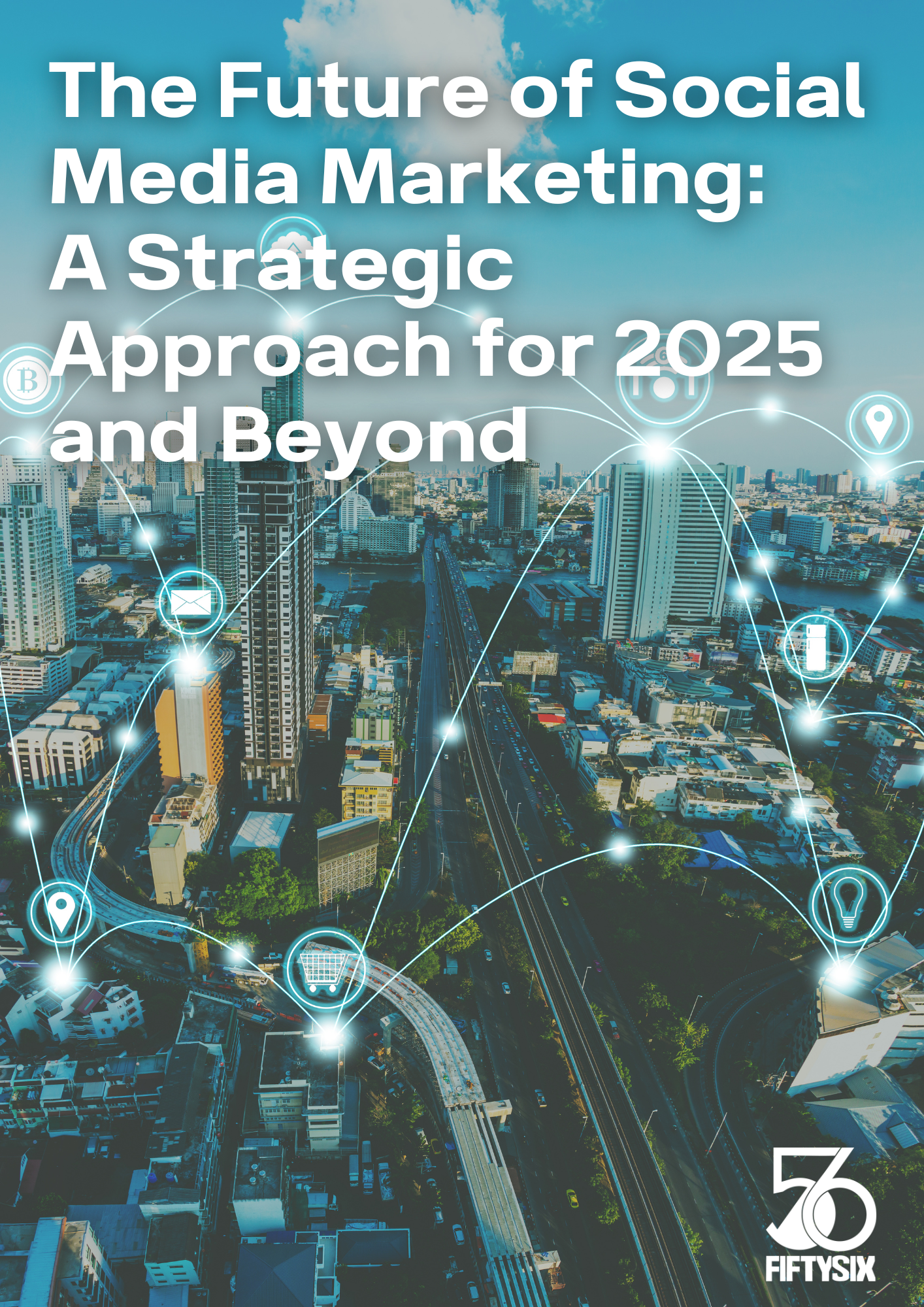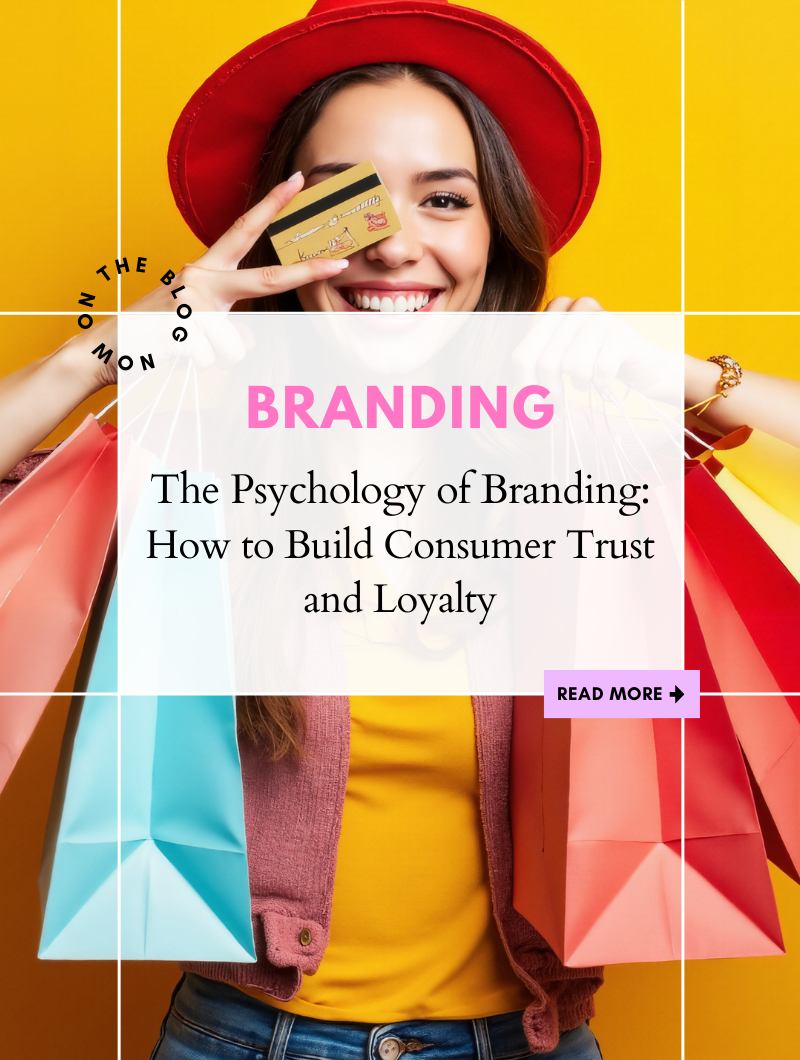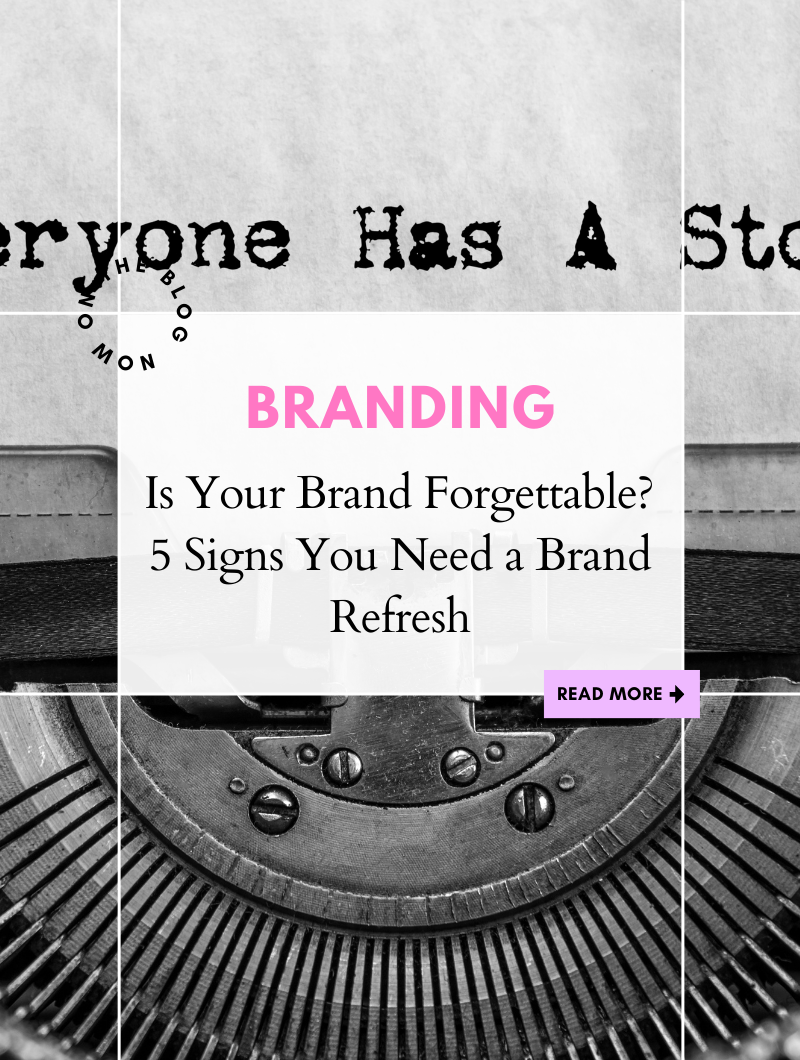
In a world oversaturated with ads, content, and marketing messages, the brands that stand out aren’t just selling products—they’re telling stories. Storytelling in marketing isn’t a trend; it’s a necessity. A well-crafted brand story doesn’t just capture attention—it creates emotional connections, builds trust, and drives conversions.
If you want to turn casual browsers into loyal customers, you need more than just a great product—you need a compelling narrative. Let’s dive into why storytelling matters and how you can craft marketing narratives that truly resonate.
Why Storytelling Works in Marketing
Humans are wired for stories. Studies show that messages delivered in story form are 22 times more memorable than plain facts. Why? Because stories engage our emotions, making us feel connected to the brand behind them.
Key Reasons Why Storytelling Converts:
✅ Creates Emotional Connection – Customers don’t just buy products; they buy into the feelings and experiences associated with them.
✅ Differentiates Your Brand – Your story is unique—no competitor can replicate it.
✅ Simplifies Complex Ideas – Instead of listing features, storytelling helps illustrate why your product matters.
✅ Encourages Engagement & Shares – Stories are more likely to be shared, increasing organic reach and brand awareness.
Brands that tell powerful stories aren’t just selling—they’re building relationships with their audience.
The 4 Core Elements of a Great Brand Story
1. A Relatable Hero (Your Customer, Not You)
Your brand is NOT the hero—your customer is. Think of your brand as the guide that helps them succeed.
🔹 Example: Apple doesn’t market itself as a tech company. Instead, it tells stories about creative individuals using Apple products to change the world—making customers the true hero.
👉 How to Apply It: Center your storytelling around your audience’s challenges, desires, and transformation rather than just your product’s features.
2. A Problem That Needs Solving
Every great story has conflict—a challenge that the hero must overcome. In marketing, this is your audience’s pain point.
🔹 Example: Airbnb tells stories about travelers who want authentic, affordable experiences but struggle with expensive hotels. Their platform becomes the solution.
👉 How to Apply It: Identify the core problem your product or service solves and make it the emotional driver of your story.
3. A Clear Solution (Your Brand’s Role)
Once the hero faces a challenge, they need a guide—that’s where your brand comes in. Your product or service should provide the transformation they’re looking for.
🔹 Example: Dove’s “Real Beauty” campaign doesn’t just sell soap—it challenges beauty standards and positions Dove as the brand empowering women to embrace natural beauty.
👉 How to Apply It: Show how your brand guides customers toward a solution and the emotional benefits they’ll gain.
4. A Powerful Resolution (Transformation & Success)
Great storytelling closes the loop with a satisfying outcome. How did the hero’s journey end? What change did they experience? This part of your story makes your audience think, “That could be me.”
🔹 Example: Nike’s “Find Your Greatness” campaign tells stories of everyday people pushing past limits, reinforcing the idea that Nike helps you unlock your potential.
👉 How to Apply It: Use customer testimonials, before-and-after scenarios, or aspirational storytelling to show the results your brand delivers.
How to Implement Storytelling in Your Marketing Strategy
Once you’ve nailed your brand’s storytelling framework, you can integrate it across multiple marketing channels:
📌 Website & About Page
- Craft a brand origin story that shares why you exist and what you stand for.
- Use real customer stories or testimonials to highlight transformation.
📌 Social Media
- Use Instagram Reels, TikTok, and LinkedIn to share behind-the-scenes content and customer success stories.
- Post relatable, emotional content that makes followers feel seen and understood.
📌 Email Marketing
- Turn case studies into storytelling-driven emails showing how your product changed someone’s life.
- Use narrative-driven subject lines to boost open rates.
📌 Advertising & Video Content
- Run ad campaigns that focus on emotional connection, not just product features.
- Think about Super Bowl commercials—the best ones tell stories, not just promote products.
Real-World Brand Storytelling Examples
🔹 Patagonia – Their brand story is built around activism, sustainability, and love for the planet. Instead of pushing products, they tell stories about environmental impact, making customers feel like they’re part of a bigger mission.
🔹 Airbnb – Their “Belong Anywhere” campaign tells real stories of hosts and travelers, turning their platform into a movement for community and inclusivity.
🔹 Warby Parker – Their origin story of making glasses affordable while giving back (one pair donated for every pair sold) makes customers feel like they’re part of something bigger when they purchase.
Final Thoughts: Why Storytelling is the Future of Marketing
Consumers don’t just want products—they want brands they can connect with, trust, and remember. The best way to do that? Tell a story that resonates.
✅ Make your customer the hero
✅ Focus on their transformation, not your product
✅ Use emotions to drive connection and engagement
Are you ready to refine your brand’s story? Let’s craft a marketing strategy that connects and converts.




+ show Comments
- Hide Comments
add a comment